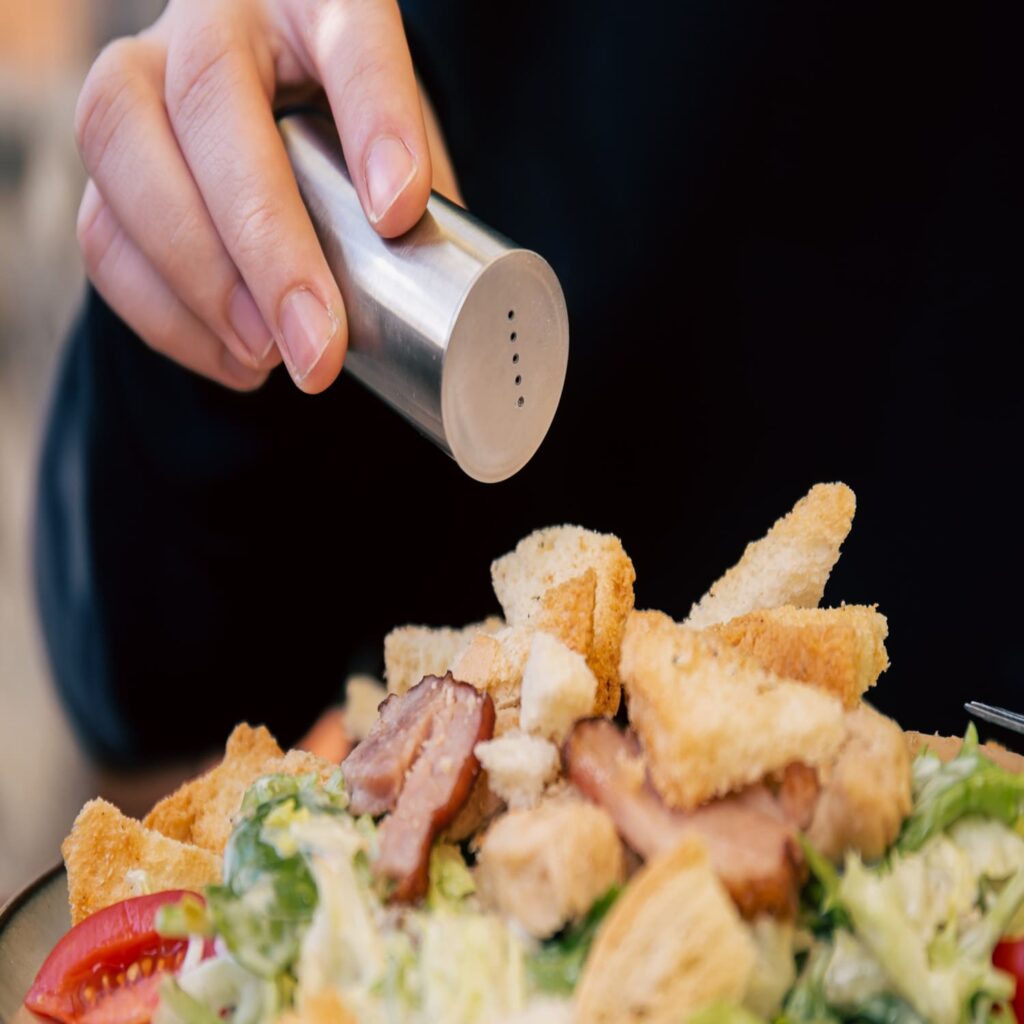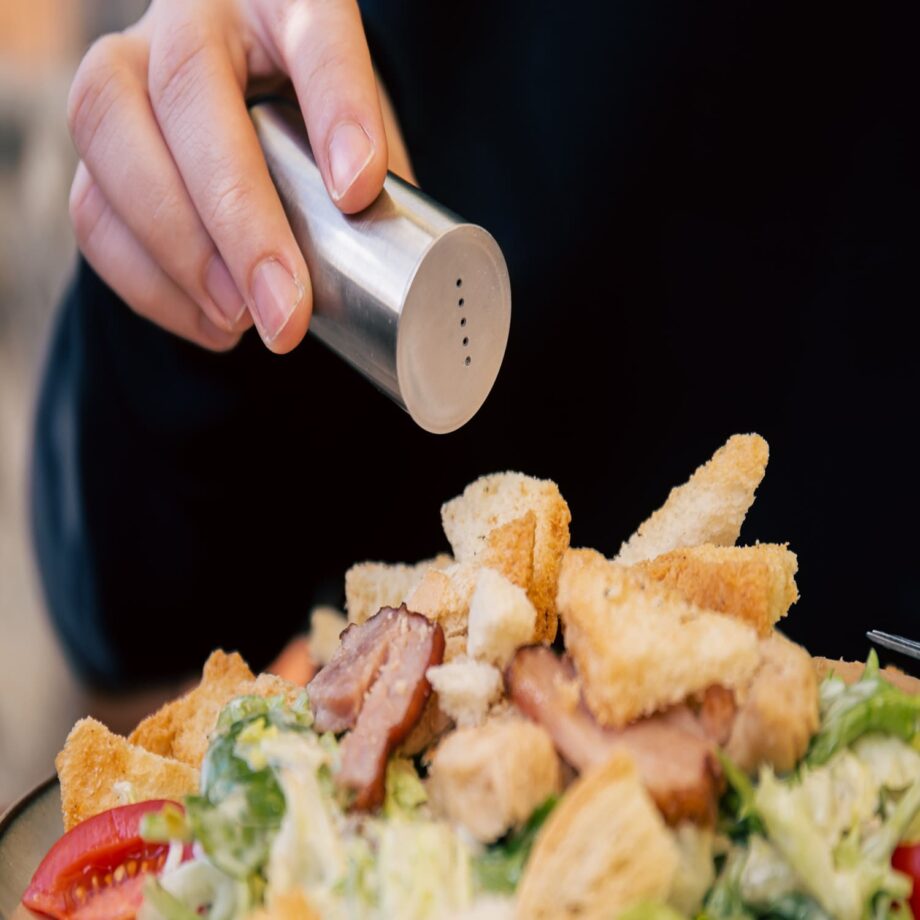Learn the ultimate shredded chicken cooking guide to make juicy, tender, and flavorful chicken every time. Tips, tricks, and step-by-step instructions for perfect shredded chicken.
A staple in the kitchen, shredded chicken is used in tacos, salads, sandwiches, and meal preparation. The same annoying issue, though, plagues a lot of home cooks: flavorless and dry chicken. You’ve come to the correct place if you’ve ever wondered “Why Your Shredded Chicken Is Dry and How to Fix It.” In this Shredded Chicken Cooking Guide, we’ll explore the primary causes of dry shredded chicken and share practical tips to help you achieve consistently juicy and delicious results every time.
Shredded Chicken Cooking Guide
If you love tender, flavorful chicken for your meals, this Shredded Chicken Cooking Guide will help you master the process every time. Learning how to properly cook, shred, and store your chicken can make meal prep faster and healthier. Whether you use a fork, mixer, or a handy chicken shredder tool, following the right steps ensures your chicken stays juicy and full of flavor.

Make chicken prep simple! View this Chicken Shredder on Amazon or purchase it directly from Freshiova for a convenient option
The Reason Your Shredded Chicken Is Dry
For meal preps, salads, tacos, and sandwiches, shredded chicken is a favorite. However, many cooks have a problem with it: the meat frequently comes out tough and dry. The first step in resolving the issue is understanding why this happens — and that’s exactly what this Shredded Chicken Cooking Guide is here to explain. By identifying the precise causes of shredded chicken losing its juiciness, you can learn how to keep it tender and flavorful every time.
Overcooking
Overcooking is one of the most frequent causes of dry shredded chicken. Muscle fibers overcontract and release their natural juices when chicken is cooked past its optimal internal temperature of 165°F (74°C). The meat gets tough, stringy, and difficult to shred as a result.
This can occur with a number of cooking techniques:
Overboiling: Chicken that is boiled for more than thirty minutes frequently becomes rubbery.
Baking at high temperatures: chicken breasts quickly dry out if they are baked without broth or foil.
Pressure cooking: residual heat from the cycle can cause the chicken to overcook if it is left in the pot for an extended period of time.
Using Only Chicken Breast
Chicken breast is one of the most commonly used cuts for shredded chicken, especially in healthy recipes. It’s low in fat, high in protein, and cooks quickly. However, the very characteristic that makes it “healthy” — its leanness — is also what makes it prone to dryness. Unlike thighs, chicken breast lacks the marbling of fat and connective tissue that help retain juiciness during cooking.
As a result, shredded chicken breast often turns out chalky, stringy, and less flavorful, particularly if cooked for even slightly too long. This is why many chefs and home cooks notice that shredded chicken from thighs tastes richer and remains moist.
👉 Solutions:
- Use a 50/50 mix of chicken breast and thighs to balance health and flavor.
- Try brining chicken breasts before cooking (soaking in a saltwater solution) to help retain moisture.
- Cook breasts gently using poaching or slow cooking instead of high heat methods like grilling or roasting.
Lack of Moisture in Cooking Method
The cooking process itself is another factor that frequently results in dry shredded chicken. A lot of people just boil chicken in water until it’s done. Although this method is quick, it deprives the meat of fat and flavor, leaving it dry and bland after shredding.
The key to juicy, tender shredded chicken is moisture. The chicken’s fibers tighten and release juices when there is insufficient liquid or seasoning. The same issue can arise even when chicken is pressure cooked without broth or baked without a lid.
Shredding Too Early or Too Late
When shredding chicken, timing is as crucial as cooking method. A common mistake is to shred the meat while it’s still hot, right after cooking. As a result, the chicken fibers become dry and the fluids swiftly escape. Waiting too long, however, causes the meat to cool, solidify, and become more difficult to shred, which also causes it to become dry.
After cooking, it is best to let the chicken rest for five to ten minutes. The meat is moist and easy to pull apart because of the brief resting time, which enables the juices to redistribute evenly throughout the meat. For optimal texture and flavor, shred while still warm—not scorching hot.
Not Storing Properly After Cooking
Shredded chicken can become dry and unappetizing even if it is cooked to perfection if it is not properly stored after cooking. Shredded chicken must be stored properly to retain its moisture content, flavor, and texture—especially if you intend to use it for meal preparation or as leftovers.
The cold air rapidly dries out the meat fibers in shredded chicken when it is kept in the refrigerator without protection. Similarly, the chicken loses its juiciness if it is stored without liquid or left uncovered. It gets chewy, bland, and much less tasty over time.
Fixing Dry Shredded Chicken
The good news is that you can still make shredded chicken come to life now that you know why it turns out dry. There are a few tried-and-true ways to restore the juicy, flavorful, and delectable appearance of your chicken, even if it appears tough or stringy.
Add Moisture Back with Broth or Stock
Adding moisture is the easiest and most efficient way to revitalize dry chicken. Add your shredded chicken to some warm chicken broth, stock, or even water that has been seasoned a little. This brings back the softness of the meat fibers by rehydrating them.
Mix with a Sauce or Marinade
Tossing dry chicken in a tasty sauce is another excellent method. The liquid and fat from the sauce, whether it’s BBQ sauce, salsa, teriyaki, curry, or creamy Alfredo, coats the shredded meat and restores its juicy texture.
Combine with Fat (Oil, Butter, or Cream)
Reintroducing some healthy fat into the dish enhances texture and flavor because chicken breast has very little fat. To give shredded chicken a soft, smooth texture, you can stir in a little cream, melt some butter, or drizzle some olive oil.
Reheat Properly with Steam or Liquid
Shredded chicken will become even drier if it is reheated improperly, such as by blasting it in the microwave without a lid. Rather, reheat slowly using liquid or steam:
Use a moist paper towel or covered dish in the microwave.
Add a splash of broth and heat in a pan.
For a gentle reheat, use a steamer basket.
To achieve perfectly juicy shredded chicken, it’s essential to cook it properly before shredding. As highlighted in our Shredded Chicken Cooking Guide, following the right cooking time and method makes all the difference in texture and flavor.
If you’re looking for other options available on the market, you can also check out our product on amazon
This Shredded Chicken Cooking Guide is your go-to resource for creating perfectly juicy, tender, and flavorful chicken every time. By mastering the right cooking and shredding techniques, you can simplify meal prep and enjoy healthier dishes without sacrificing taste. Whether you’re cooking for yourself or your family, this guide helps you save time and elevate your everyday meals with ease and confidence
Perfect shredded chicken starts with the right technique. Start with our 5 top shredding tips for best results to make your chicken juicy and tender every time.
Proper storage is key to keeping your chicken safe and fresh. Learn safe storage practices with our raw chicken safety guide to avoid foodborne illnesses and maintain quality.

